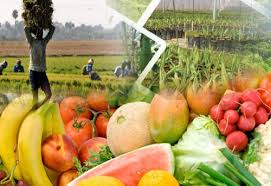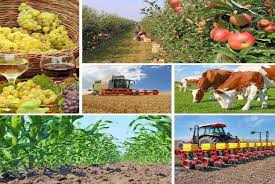In the last article, it was noted that firms can expand by taking over other firms operating at the same level in the industry, which can lead to monopoly.
However, some firms choose to develop new products or enter new markets as their expansion strategies. These strategies are the focus of this article.
Read Also: Nutritional Profile and Introduction to Food Rating System Chart of Cauliflower
Meaning of Diversification in Agribusiness

This is a method of agribusiness growth in which a firm:
- Develops new products and services, or
- Enters new market(s).
Examples of Diversification by Developing New Products and Services
- A crop farmer deciding to engage in poultry production has diversified.
- A catfish farmer deciding to engage in the sales of poultry feed has also diversified.
- A poultry farmer venturing into cassava production shows diversification.
Examples of Diversification by Entering New Markets:
- A smoked fish producer deciding to take fish to a new market location has diversified.
- A smoked fish producer deciding to sell fish on a Facebook page has also diversified.
It is important to note that the new market does not have to be a physical location. Many agricultural firms have found new markets on the internet.
Read Also: Bee Balm Flowers – All you need to Know
Benefits of Diversification

- Diversification guarantees the stability of income. It creates multiple income streams, so if one does not generate income for a time, there is something to fall back on. This ensures stability for an agribusiness firm.
- It leads to efficiency and economies of scale in resource use.
- “Sleeping” resources are activated. For instance, a poultry farmer diversifying into cassava production may put some of the redundant land around poultry pens to use.
- The risk of total collapse is minimal since risks are spread across different enterprises. Other enterprises can support a struggling one.
- Diversification can open up new markets for various enterprises. For example, a poultry farmer who has diversified into cassava production may find that some customers who buy poultry products also need cassava. Similarly, cassava buyers may also be interested in purchasing chicken.
Challenges of Diversification
- It requires more attention, planning, supervision, monitoring, and coordination.
- It requires more funds.
- It may require additional expertise and labor to meet the needs of the new product.
- Legal and bureaucratic processes may be needed, especially for large companies.
Firms diversify through two main strategies to expand. These diversification strategies lead to larger markets and confidence in business survival, but they come with some challenges.
Do you have any questions, suggestions, or contributions? If so, please feel free to use the comment box below to share your thoughts. We also encourage you to kindly share this information with others who might benefit from it. Since we can’t reach everyone at once, we truly appreciate your help in spreading the word. Thank you so much for your support and for sharing!
Read Also: Air Transportation Pollution: A Comprehensive Guide

